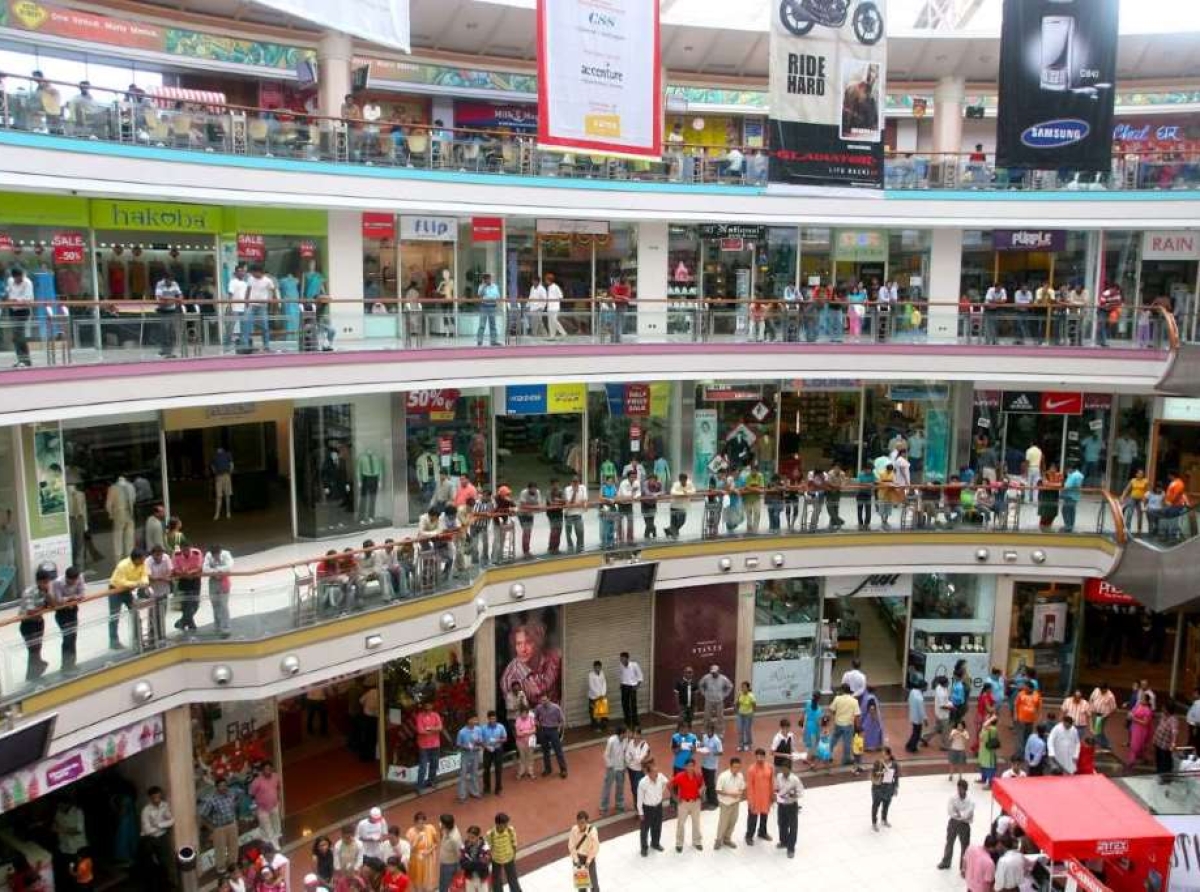India's Retail Boom: Malls gear up for a space race

A recent report by JLL India paints a picture of a retail sector on steroids. Titled ‘India to add 45 mn. sq. ft of retail space in 5 Years, surpassing last decade's growth’, the report predicts a construction frenzy with a projected addition of a staggering 45 million sq. ft. of retail space by 2028. This growth, significantly outpacing the previous decade's 38 million sq. ft., indicates a booming market hungry for new shopping experiences.
Demand outpaces supply
The demand for retail space is being fueled by a combination of factors. India's growing economy, rising consumer confidence, and increasing brand presence are all contributing to a retail boom. JLL estimates that the current operational retail space in shopping malls across the top seven cities (Delhi NCR, Mumbai, Bengaluru, Hyderabad, Pune, Kolkata, and Chennai) stands at approximately 89 million sq. ft. However, the projected influx of 45 million sq. ft. suggests a potential gap between demand and supply in the short term. This presents an opportunity for developers to capitalize on the growing demand.
Table: Projected retail space growth by city (2024-28)
| Delhi NCR | 18.5 |
| Bengaluru | 12.2 |
| Mumbai | 7.8 |
| Hyderabad | 3.1 |
| Other Cities (Combined) | 3.4 |
Luxury, premium, and value, catering to diverse needs
The JLL report also indicates a trend towards diversification within the retail space segment. Malls are increasingly catering to different consumer segments with a mix of luxury, premium, and value brands. For example, Delhi’s DLF Emporio is a prime example of a luxury mall, it houses high-end designer boutiques, attracting a clientele with a taste for the finer things. Pune’s Phoenix Marketcity mall offers a diverse mix of premium and value brands, catering to a wider range of shoppers. This diversification reflects the evolving Indian consumer who is no longer a monolithic entity.
Malls vs high street, a co-existing future
The rise of malls doesn't necessarily spell doom for traditional high-street shopping. Experts believe that both formats can co-exist and thrive. Malls offer a curated shopping experience with a controlled environment, while high streets provide a more personal touch and a wider variety of local stores.
The JLL report suggests metros will be major contributors to the upcoming retail space expansion, accounting for a significant portion of the projected 45 million sq. ft. However, tier-II and tier-III cities are also expected to witness healthy growth as brands expand their reach and consumer spending power increases in these regions.
The report also highlights the fashion and lifestyle sector as a key driver of growth in the retail space. The increasing disposable income of young Indians is fueling a demand for trendy clothing, footwear, and accessories. This trend is expected to continue, with other sectors like electronics and homeware also witnessing significant growth.
JLL's report paints a picture of a vibrant and evolving retail landscape in India. With a surge in retail space, a focus on diverse experiences, and city-wise growth, the future of Indian retail appears bright. This retail renaissance presents exciting opportunities for brands, developers, and investors alike, catering to the ever-evolving needs of the Indian consumer.
























